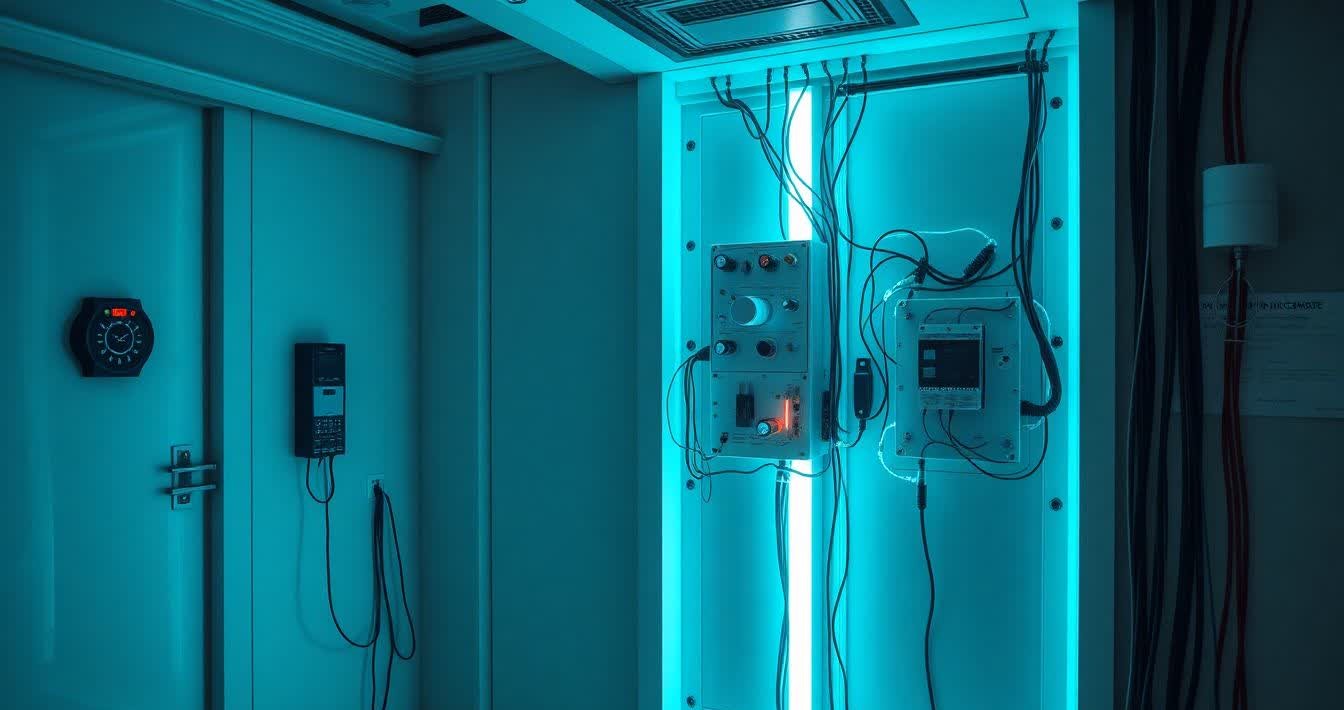
The Intersection of Electrical Systems and Home Automation: What’s Next?
The rapid evolution of home automation has transformed how we interact with our living spaces. At the heart of this transformation lies the seamless integration of electrical systems with smart technologies. From lighting and climate control to security and energy management, the intersection of electrical systems and home automation is redefining convenience, efficiency, and sustainability. But what does the future hold for this dynamic relationship? Let’s explore the trends and innovations shaping the next chapter of smart homes.
1. Smart Electrical Panels: The Central Hub
Traditional electrical panels are giving way to smart panels that serve as the nerve center of home automation. These advanced panels monitor energy usage in real-time, integrate with renewable energy sources like solar panels, and communicate with other smart devices. They allow homeowners to control circuits remotely, prioritize energy distribution, and even automate power-saving routines. As AI and machine learning continue to evolve, smart panels will become more predictive, optimizing energy use based on habits and external factors like weather or utility rates.
2. AI-Powered Energy Management
Artificial intelligence is revolutionizing how electrical systems operate within smart homes. AI algorithms analyze patterns in energy consumption, predict peak usage times, and suggest adjustments to reduce costs. For example, AI can automatically dim lights, adjust thermostats, or turn off unused appliances during high-demand periods. This level of automation not only enhances convenience but also contributes to significant energy savings and reduced environmental impact.
3. Voice and Gesture Control Integration
Voice assistants like Amazon Alexa, Google Assistant, and Apple Siri have already made it easier to control lighting, thermostats, and entertainment systems. The next frontier is gesture-based control, where users can interact with their electrical systems through simple hand movements or facial recognition. This hands-free approach will make home automation more intuitive and accessible, particularly for individuals with mobility challenges.
4. Interconnected Devices and IoT Expansion
The Internet of Things (IoT) continues to expand, connecting an ever-growing array of devices to electrical systems. Smart outlets, switches, and appliances now work together to create a cohesive ecosystem. For instance, your smart refrigerator can notify you when the door is left open, while your lighting system adjusts based on occupancy sensors. As IoT adoption grows, expect even more devices to integrate seamlessly, creating truly interconnected homes.
5. Energy Storage and Grid Independence
The rise of home battery systems, such as Tesla Powerwall, is enabling homeowners to store energy generated from renewable sources. Paired with smart electrical systems, these batteries optimize energy usage by storing excess power for later use or selling it back to the grid. This trend toward energy independence not only reduces reliance on traditional utilities but also enhances resilience during power outages. Future advancements may include modular battery systems that scale with household needs.
6. Enhanced Security and Safety Features
Electrical systems are increasingly being integrated with smart security solutions. For example, smart circuit breakers can detect unusual activity, such as a sudden spike in current, and alert homeowners to potential hazards like appliance malfunctions or wiring issues. Similarly, interconnected smoke detectors and carbon monoxide sensors can automatically shut off power to affected areas and notify emergency services. These innovations ensure that safety remains a top priority in the age of automation.
7. Sustainability and Eco-Friendly Innovations
As environmental concerns grow, the integration of electrical systems with home automation is driving sustainable practices. Smart thermostats optimize heating and cooling to minimize energy waste, while automated lighting systems reduce electricity consumption by adjusting brightness based on natural light levels. Future innovations may include self-healing electrical systems that repair minor faults autonomously, further reducing resource waste.
8. Customization and Personalization
The future of home automation lies in hyper-personalization. Electrical systems will adapt to individual preferences, learning user behaviors and adjusting settings accordingly. For example, your home could automatically adjust lighting and temperature based on your daily routine or sync with wearable devices to create personalized comfort zones. This level of customization will make homes not just smarter but also more attuned to their occupants’ needs.
Conclusion
The intersection of electrical systems and home automation is paving the way for smarter, safer, and more sustainable living spaces. With advancements like AI-powered energy management, interconnected IoT devices, and eco-friendly innovations, the possibilities are endless. As technology continues to evolve, homeowners can look forward to a future where their electrical systems are not just functional but truly transformative. By embracing these innovations, we can create homes that are not only intelligent but also aligned with the demands of modern life.